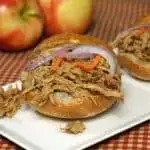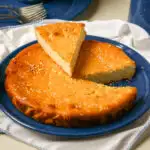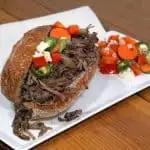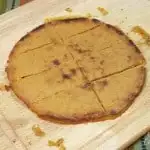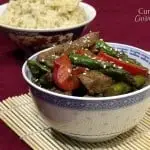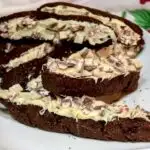Hanukkah is one of the more well-known Jewish holidays. It’s a time for lighting candles and eating fried food. But what does Hanukkah celebrate and how is it celebrated? Read on to learn more about the origins and traditions of Hanukkah!
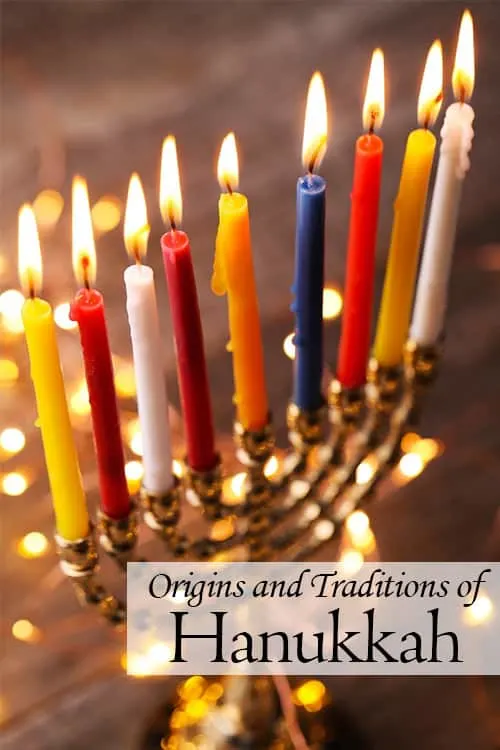 If you thought the idea of a Festival of light was familiar when you read about Diwali, you may have been thinking about Hanukkah.
If you thought the idea of a Festival of light was familiar when you read about Diwali, you may have been thinking about Hanukkah.
As one of the more well known Jewish holidays, if nothing else, you are probably familiar with the menorah of candles that’s typically part of the celebration.
But there is a lot more to it than candles.
When is Hanukkah celebrated?
Hanukkah (also spelled Chanukah or Hanukah) is celebrated in November or December, with the exact date varying since it follows the Hebrew calendar.
It lasts for 8 days starting on the 25th day of the month of Kislev.
Where does the name come from?
Hanukkah comes from the Hebrew verb that means ‘to dedicate’, in recognition of the rededication of the Second Temple that the holiday honors.
There are other explanations given to the name that make reference to the 25th (the date within the Hebrew calendar that the celebration starts).
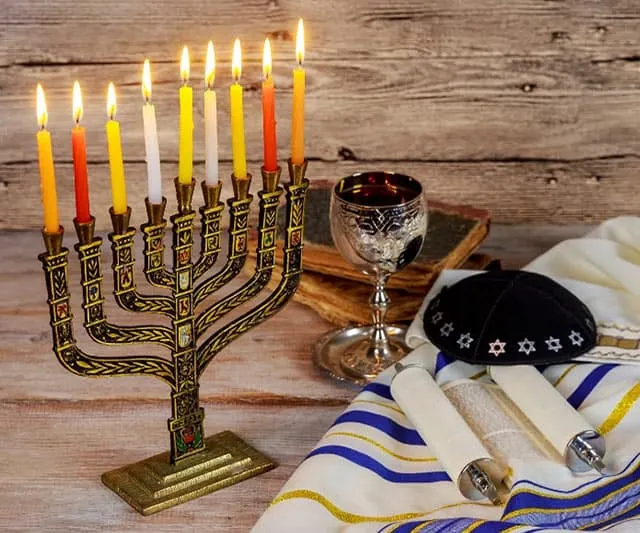
What does Hanukkah celebrate?
Hanukkah is a celebration of the rededication of the Second Temple in Jerusalem during the time of the Maccabean Revolt.
Judea had been part of Ptolemaic kingdom until it was then absorbed into the Seleucid Empire of Syria after a battle in 200BC.
The Jews were initially allowed to continue their customs under Antiochus III, but his son Antiochus IV invaded Jerusalem and outlawed Judaism.
(In many modern studies, this move is believed to have been more an act to step in to a civil war between the traditionalists and Hellenizing Jews as it was unusual for a Seleucid king to outlaw a religion. He apparently sided with Hellenizing Jews by banning the practices the traditionalists most supported.)
At this time, the Second Temple was looted and services stopped.
In 167BC Antiochus ordered an altar to Zeus erected in the temple and ordered pigs to be sacrificed there.
His actions led to a revolt which was successful by 165BC and the temple was rededicated.
The festival of Hanukkah was declared to celebrate the event.
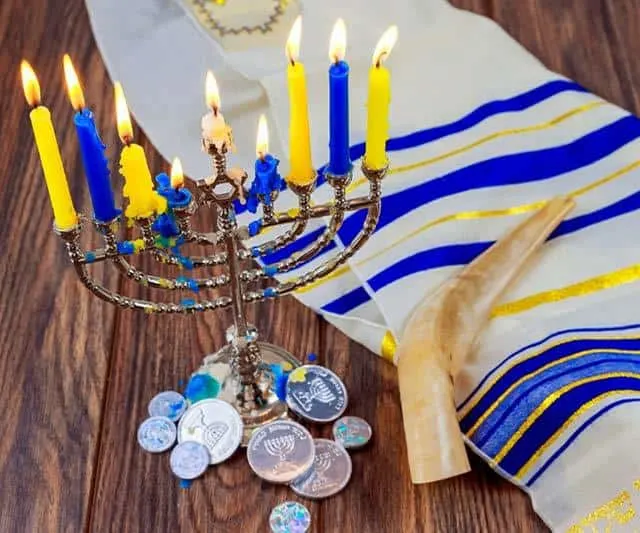
Why are candles lit during Hanukkah?
The origin of burning candles or oil are in some accounts (but not others) of the Hanukkah story.
In those that mention it, as part of the rededication of the temple, it was extensively cleaned and a new altar was built.
They apparently only found one vessel of the holy pure olive oil which is lit to burn through the night. It was only enough for one night. However when it was lit, it burned for eight nights which was the time needed to produce more kosher oil to replace it.
The miracle of the oil has now become a central part of the Hanukkah celebrations for many.
While there were different views on the approach, now the most common one is to light one more candle or oil-based light each night during the eight nights. These lights are in a menorah or hanukkiah, a candelabrum with eight branches. By the last night, all eight are lit (or sometimes eight with one central larger light as the source to light the others).
The lights are traditionally lit in a place that they can be seen from the street to remind passers by of the miracle of the holiday.
Not too surprisingly, this changed during times of persecution.
Most Ashkenazi Jews light one menorah per family member while most Sephardi Jews light one per household.
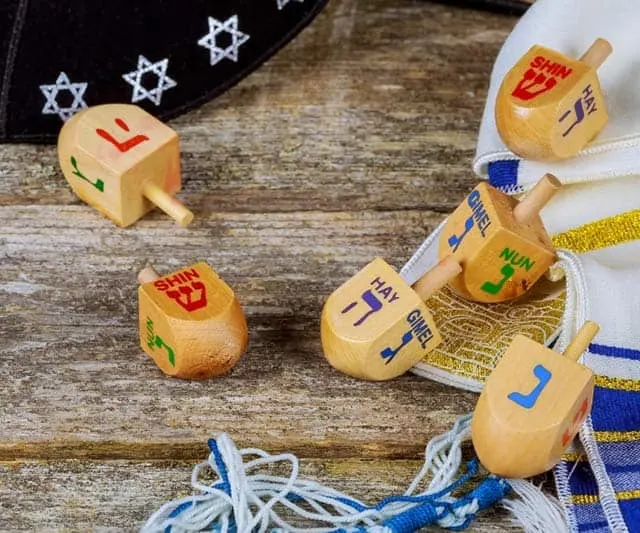
Other Hanukkah traditions
Many celebrate Hanukkah by saying prayers and singing songs following the lighting of the candles.
Fried foods are an important part of the celebration for many, in recognition of the importance of oil in Hanukkah.
Another tradition for many children is spinning a dreidel, a four sided spinning top.
In some ways, Hanukkah is a more minor Jewish holiday as it does not have any work restrictions, as are common in others.
Part of this is that it’s a relatively late addition to the religious calendar – it is not actually part of the Jewish Bible, but does appear in books that are part of the Old Testament used in Catholicism as well as other Jewish texts.
However it has become more popular, in North America in particular, in recent years in part as an alternative to Christmas, which it often overlaps with or is near timing-wise. It’s partly this influence that has seen it increasingly popular as the major gift-giving celebration.
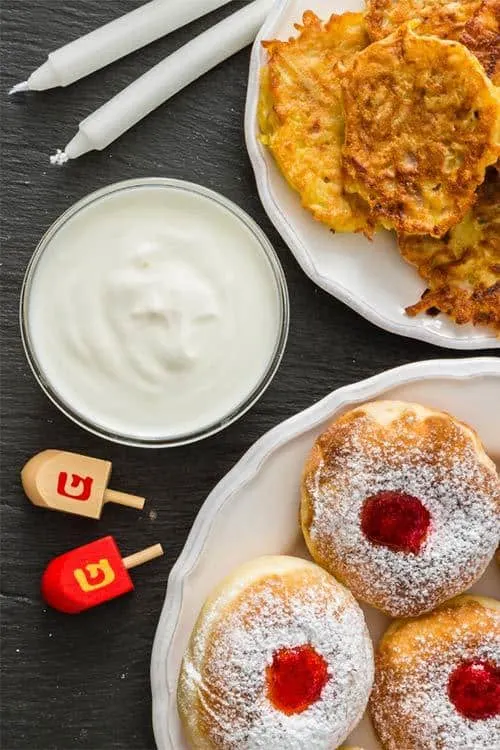
What are some Hanukkah foods?
Most of the traditional Hanukkah foods are fried or baked in oil, particularly olive oil, as mentioned above.
One of the most common are potato fritters known as latkes. You will also see many other variations on this idea, and amongst Hungarian Jews, cheese latkes are common.
Cheese in general is also a part of the celebrations for many.
In Israel, latkes have become less popular, in part due to economic factors of the ingredients, and instead ball donuts known as sufganiyot are enjoyed. The traditional filling for these donuts is strawberry jam, but these days Israeli bakeries share a broad range of fillings including chocolate cream and caramel.
Children are often given “Hanukkah gelt” during Hanukkah which can be money itself but is often instead chocolate coins.
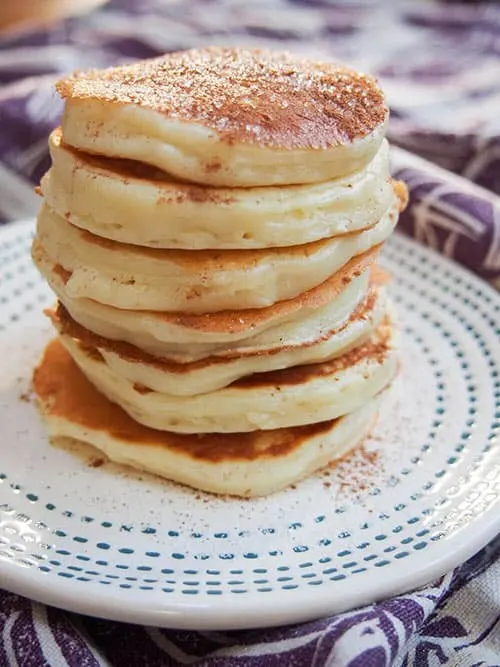
Cheese Latke
If your family celebrates Hanukkah, what are some of your favorite foods and traditions?
(Thanks to the Wikipedia Hanukkah article for much of the background reference.)
If you liked this recipe, here are some similar dishes you may enjoy!

Caroline lived and traveled various places before settling in Cambridge, MA. She still fits in some travel with her family, but often settles for traveling through food instead. She shares her recipes at CarolinesCooking.com, where there’s plenty of international inspiration using seasonal ingredients, as well as creative recipes for all to enjoy. Caroline is originally from Scotland, where she grew up hiking and skiing, both things she still loves to do when her two young boys give her a chance. You can follow along with her cooking adventures on Facebook, Instagram, Twitter, and Pinterest.
